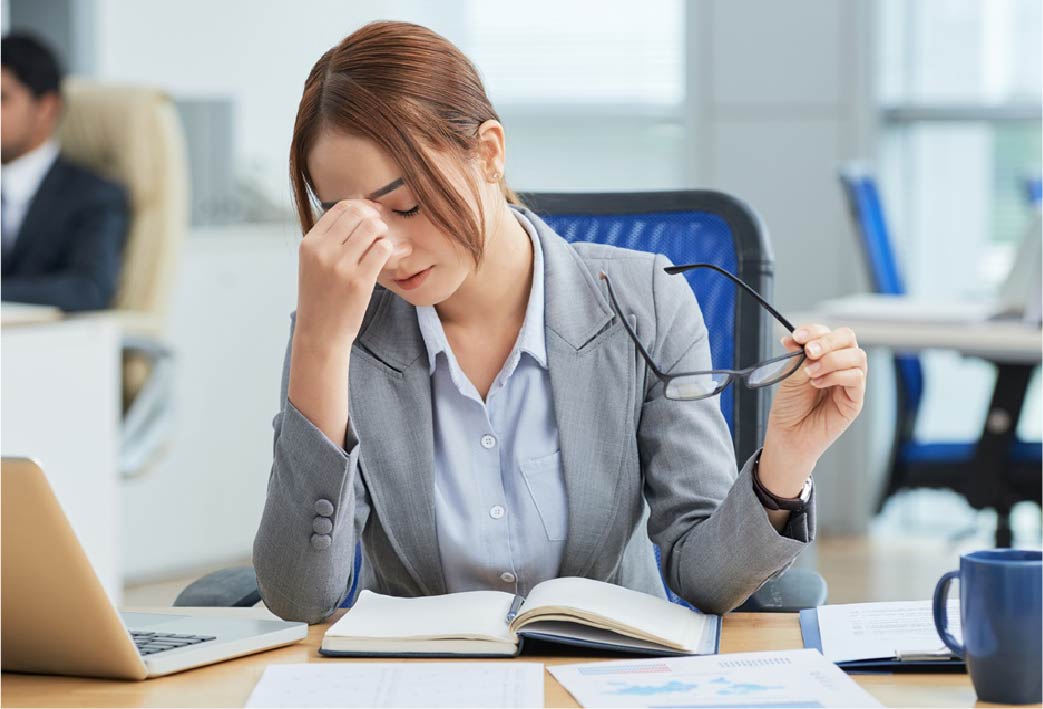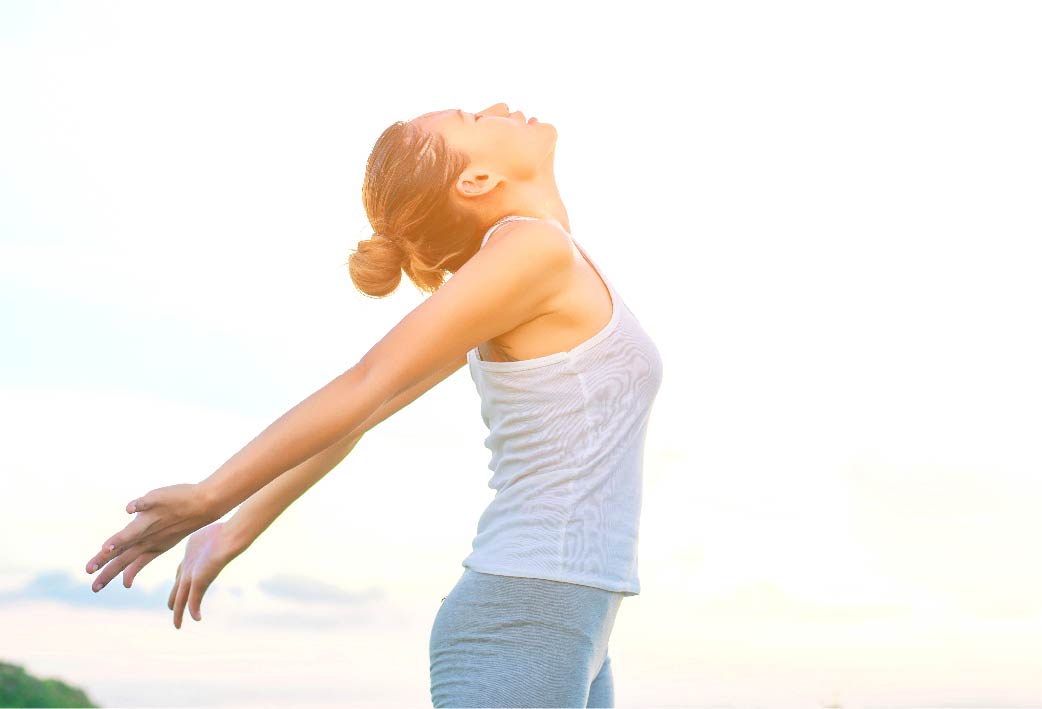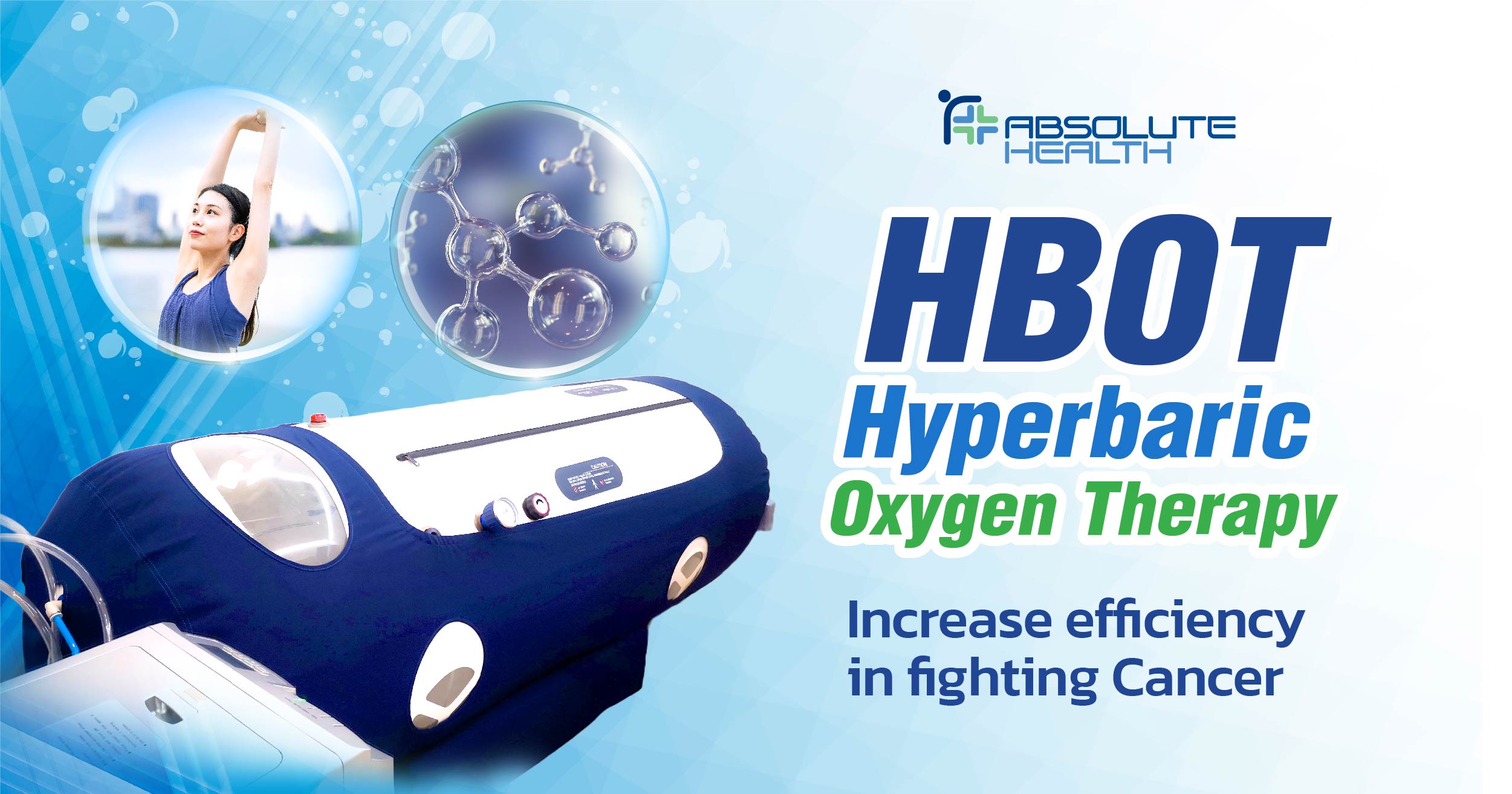Hyperbaric Oxygen Therapy – Increase efficiency in fighting Cancer
Hyperbaric Oxygen Therapy (HBOT) is high-pressure pure oxygen delivered in high volumes to patients in a highly controlled environment through a Hyperbaric Chamber.
HBOT is a concept that helps treat patients with respiratory problems. Oxygen therapy itself has been in practice for centuries. Today, high-pressure oxygen treatment is becoming more popular. This treatment can be extremely useful for those suffering from Decompression Syndrome, which is an unusual release of gas bubbles forming while under pressure in the bloodstream.

For instance, divers diving deeply and then surfacing too rapidly can cause oxygen in blood cells to bubble up. When there is a large number of air bubbles in blood vein, these bubbles can block the bloodstream in various organs such as the lungs, making it impossible to breathe or the brain that may cause a lack of consciousness, dizziness or paralysis.
Patients suffering from the above mentioned can be treated by being placed in a Hyperbaric Chamber. The pressure in the chamber will then be increase to make the oxygen bubbles dissolve in blood and tissues. In the meantime, the pressure is adjusted according to the patients’ condition as advised by the physicians.

Range of treatments
HBOT has also been used to treat various conditions such as carbon monoxide poisoning and burning wound. It works by the principle of adding pressure and directly stimulating oxygen at a cellular level. This is a mechanism that causes oxidative stress in the cells at a low level. This in turn allows the stimulated cells to respond by generating enzymes to fight free radicals and protect the body from toxic effects of the free radicals.
Studies have found that using high-pressure oxygen helps to increase the efficiency of blood circulation and the immune system. This leads to better would healing and therefore its use in treating the wounds of diabetes patients. It has also been used to treat deep wounds especially wounds with infections that causes necrosis by improving the immune system and promoting excellent wounds healing.

According to much research, HBOT also helps to increase the efficiency of treatment of patients with brain diseases such as Alzheimer's, cerebrovascular diseases, and most clinical brain issues caused by accidents. In studies of patients who had PET/CT scans after HBOT, researchers discovered that reviving brain cells can help patients better tolerate pain. Apart from the above, in a separate study, HBOT was also found to increase telomere length and decrease immune-senescence in isolated blood cells:

Trial Results: Trial Results: Telomere length of T helper, T cytotoxic, natural killer, and B cells increased significantly by over 20% following HBOT. A significant decrease in the number of senescent T helpers by 37% was also observed post-HBOT. T-cytotoxic senescent cell percentages decreased significantly by approximately 11%.
The study indicates that HBOT may induce significant senolytic effects, including significantly increasing telomere length and clearance of senescent cells, plus improving immune makers in the aging population, as indicated in the results mentioned above.

With regards to cancer, although HBOT is not a primary treatment, it does help to promote a cellular environment for proper blood circulation and improved oxygen exchange. Thus, the cells can generate energy effectively, which is also a mechanism which inhibits the growth of cancer cells. For persons at risk of cancer, it helps to rectify and improve the cellular environment. HBOT, in tandem with other treatments such as immunotherapy through Natural Killer (NK) cells or immunotherapy with various nutrients, can strengthen the white blood cells to fight cancer cells better.

HBOT is also used in combination with other treatments besides those generally mentioned and they are as follows:
- sports injuries
- stimulation of nerves controlling facial muscles
- chronic anemia
- joint pain and inflammation
- chronic muscle pain
- chronic fatigue
- lung conditions

Types of Hyperbaric Chambers
- Multiple Hyperbaric Chamber is a chamber to treat several people at the same time under the supervision of trained staff. These type chambers are mostly found at medical facilities that studies underwater medicine.
- Monoplace Hyperbaric Chamber is designed for one person with the capability of continuous communication with staff through a device. Monoplace Hyperbaric Chamber can divide into the following:
(1) Hard-shell chamber, in which pressure can be increased to 6 atmospheres, the equivalent of diving to the approximately 62 meters deep.
(2) Flexible chamber, uses low pressure of 1.2-1.4 atmospheres and these chambers can be found in many overseas clinics as well as spas.

Contraindications
It should not be used for the following patients:
- respiratory problems
- high fever
- risk of uncontrollable seizure
- air leakage in the lungs
- asthma
- emphysema
- chronic heart failure
- pregnant
- patients on the following medications:
- Bleomycin
- Doxorubicin
- Cisplatin




Sign In
Create New Account